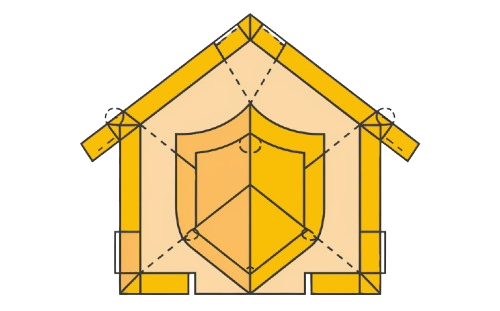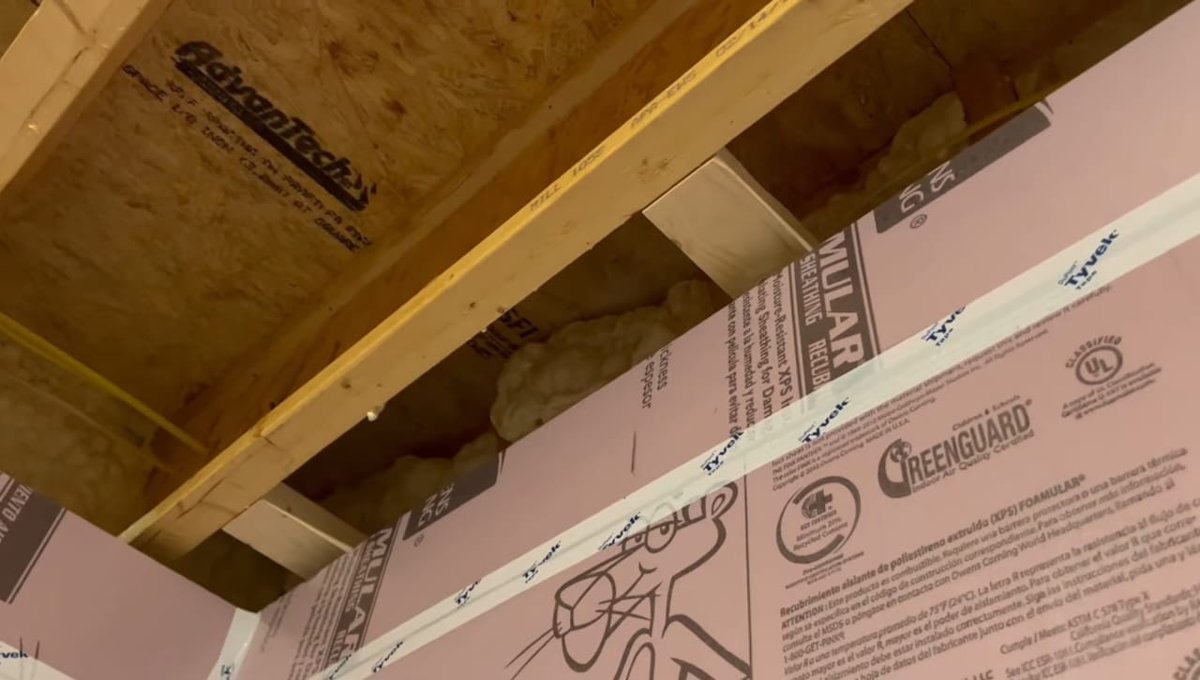If you’ve ever felt frustrated by cold air sneaking from the basement and making the first floor freezing, you’re not alone. Many homeowners struggle with problems like hearing a downstairs television throughout the house, or walking barefoot on chilly floors.Insulate basement ceiling properly, and it could be the solution to these issues, especially if you’ve experienced high energy bills or drafts leaving the rest of your home cold.The impact of proper ceiling insulation can be significant, as it helps keep your upstairs warm and your costs low, while also reducing noise transfer. Whether you’re hoping for a more energy-efficient house, or just trying to solve comfort challenges, this could be an investment worth considering.
Insulation isn’t a one-size-fits-all approach. If your basement currently lacks it, or if the existing insulation still isn’t cutting it, it might be time to explore options. Perhaps you don’t know whether you could or should insulate the ceiling, but factors like cold floors, temperature control, and noise isolation play a role. If your upstairs is currently feeling the chill, or you’re noticing the draft is leaving areas uncomfortable, insulation can make a world of difference. This is especially true if you’re dealing with high energy bills or need better thermal control for your home. Use the right materials to create a cozier environment, ensuring that your insulation efforts are a worthy investment.
Deciding When to Insulate Your Basement Ceiling
Insulating the basement ceiling can add a valuable layer of comfort and efficiency to your house, depending on your specific needs. For some homeowners, the goal is to block sound transfer, especially if noises carry between the living space upstairs and the basement. In these cases, insulation is the right product to address such problems and create a quieter, more separate environment. Others might focus on temperature control, where maintaining the cool air during summertime or reducing the chill in winter is the primary concern.
If you’ve ever dealt with high energy bills or struggled to manage discomfort in your living space, insulating the basement can make a noticeable difference. Whether the basement is a nice spot for storage or a functional part of the house, proper insulation prevents drafts and improves comfort. For example, during awful cold months, insulation helps protect against the basement’s natural coolness affecting the rest of the home. Ultimately, choosing the right insulation for your ceiling can help you tackle these issues and meet your specific needs effectively.
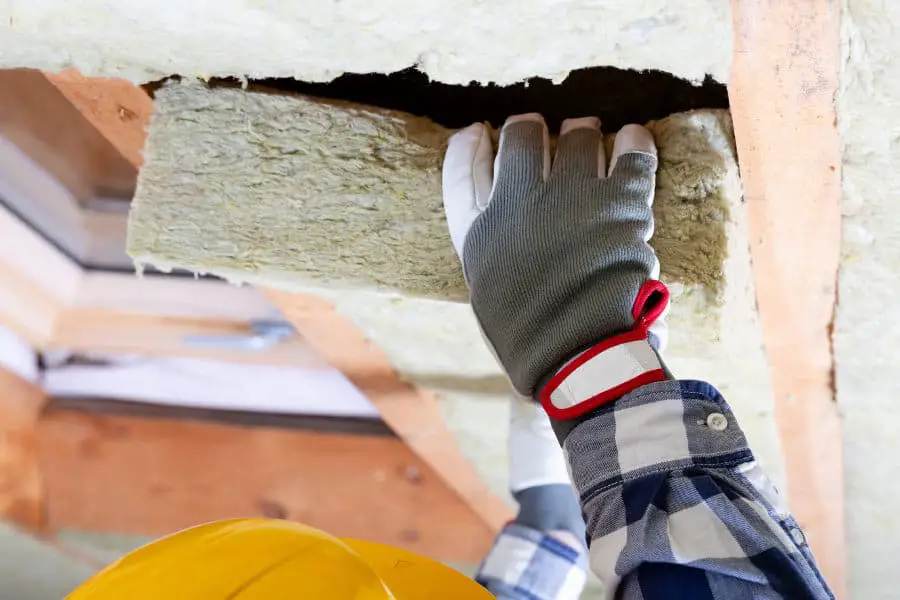
How Insulation Reduces Noise and Enhances Comfort
Using the right insulation product for your basement ceiling can effectively create a barrier to control sound transfer. If your goal is to stop noise from echoing between the first floor and the basement, insulation is a smart solution. Products designed for sound attenuation, such as open cell spray foam, batt insulation, or rockwool, can absorb soundwaves, making the noise more quiet and even indistinct. These options work well for basements used as living spaces, where keeping the area calm and peaceful is a priority.
If you’re looking for better performance, consider soundproofing products like ceiling tiles, which are an actual option to muffle sound completely. While these insulations may not contribute much to energy savings, they are excellent for managing noise. Options such as fiberglass, spray foam, and soundproofing materials help improve the ambiance of your home, creating a more enjoyable environment. Whether your priority is to reduce sound transfer or enhance the acoustic quality of the space, the right insulation can make all the difference.
How Insulation Improves Temperature and Energy Control
Choosing the best insulation for your basement ceiling helps control temperatures and create a protective barrier for your home. The first floor benefits from reduced cold air infiltration, as the layer of insulation stops the natural cool air from the ground below from flowing upward and impacting the comfort of your upstairs spaces. This is especially important if you want to regulate temperature and prevent drafts from disrupting your home’s environment.
For high-performance insulations, closed cell spray foam is the highest-performing option, offering an airtight barrier that prevents leaks and controls both moisture and vapor. Installing a few inches of this product in the ceiling can stop cold air sneaking through the floors, ensuring energy efficiency. While this insulation is not a complete waterproofing solution, it’s ideal for reducing energy waste and addressing potential leaks. When combined with effective materials, it provides a durable way to enhance the thermal and acoustic quality of your basement ceilings.
The Role of Insulation in Energy Efficiency
Proper basement ceiling insulation is a smart way to lower energy bills and improve comfort in your living space. Many homeowners use their basement for storage or as a casual family room, but without insulation, cold air from the outside ground can seep into your home, making it harder to maintain a comfortable temperature. By adding insulation, you create a barrier that prevents temperature fluctuations from impacting your upstairs areas, saving on heating and cooling costs. Insulation also stops air leakage, so your HVAC system doesn’t have to work as hard to keep the house warm in winter or cool in summer.
If your basement is a more functional area, like a guest bedroom or game room, pairing soundproofing products with effective wall insulation can make the space even better. Insulating the walls alongside the ceiling stops drafts and vapor leaks, keeping the air conditioned and energy use low. Whether you’re looking to save money, enhance thermal efficiency, or reduce noise, the right insulation plays a vital role in creating a cozy and efficient home.
When Insulation Is Not Worth the Investment
Deciding to invest in basement ceiling insulation depends on whether it meets your specific needs. If you insulate the basement walls, adding insulation to the ceiling might be a waste of money, as only one thermal barrier is typically required by building codes and science. Without the right airtight seal or material, insulation may not deliver the results you’re looking for, especially if it doesn’t align with your soundproofing or thermal goals. A wrong placement can make the insulation fail to perform, leading to poor energy efficiency or ineffective noise control. Always determine the purpose and location before making the investment.
For sound purposes, finished basements benefit from effective insulation, such as spray foam at the rim joists, which blocks noise and enhances thermal performance. However, if the presence of insulation in one area suffices, you don’t need to insulate both. Focusing on the place that has the most impact, whether it’s the ceiling or walls, ensures resources aren’t wasted. Carefully considering the balance of sound and thermal needs can save money while addressing specific problems in your home.
Why Upgrading Ceiling Insulation Requires Rim Joist Insulation
When upgrading ceiling insulation in your basement, it’s crucial to also insulate the rim joists, as it is where the walls, masonry, and wood floor joists meet. This area forms a gap that allows cold air and moisture to enter your home if not properly air-sealed. Using spray foam for the rim joists creates an effective thermal barrier and prevents leaks, making the insulation an essential extension of the ceiling. Without addressing this corner, you leave a hole in your energy efficiency efforts, which defeats the purpose of insulating the ceiling.
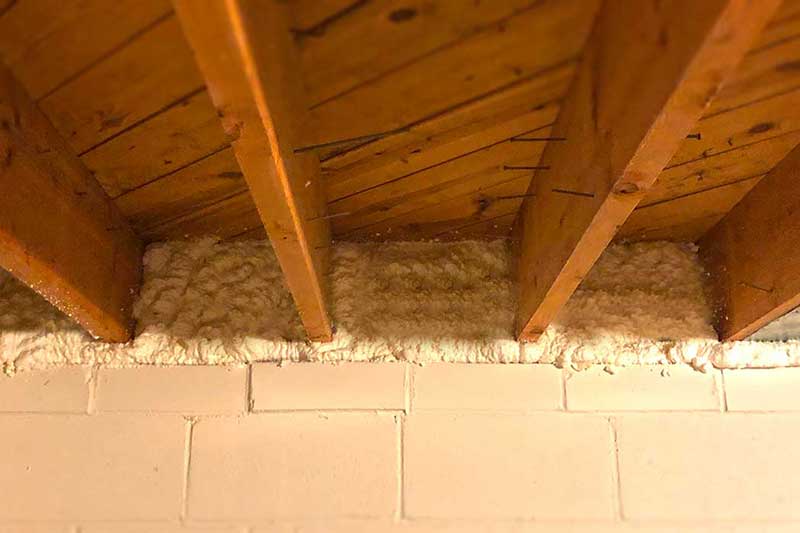
Ceiling Insulation Options
For the ceiling, closed cell spray foam, batt insulation, or soundproofing materials are great options to address different needs, whether it’s thermal control or noise reduction. Tailor your choice based on your budget, preferences, and the design of your home. Each material works well for specific purposes, but it’s important to examine your space in detail and determine the best approach. Properly installing both ceiling and rim joist insulation ensures you get the most out of your investment and creates a comfortable, energy-efficient basement.
Fiberglass Batts Combined With Spray Foam in the Rim Joists
Pairing fiberglass batts with spray foam in the rim joists is a cost-effective and budget-friendly way to improve insulation in your basement. This method works well for both finished and unfinished basements, offering a balance of thermal performance and sound dampening. The spray foam creates an airtight seal in the rim joists, preventing energy loss and enhancing efficiency. Flash and batt insulation is widely used to enhance performance by combining spray foam and fiberglass batts, ensuring better insulation without major construction changes. Homeowners looking for a reasonable option to lower energy bills while staying within a budget will find this flash and batt insulation approach appealing.
The combined product is known for its ability to deliver effective insulation at a manageable cost, typically ranging from $1 to $3 per square foot for fiberglass batts, with spray foam in the rim joists costing $1,300 to $3,000 for a standard home. This price-conscious method not only helps save money but also ensures a practical solution for controlling energy use and improving overall comfort in the home.
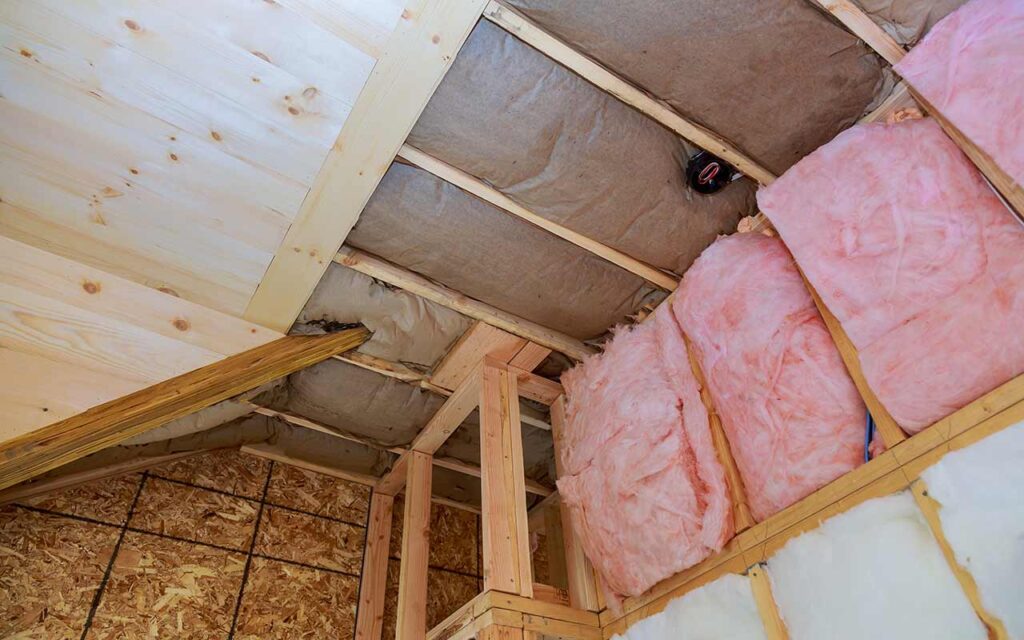
Effective Insulation with Open Cell Spray Foam in the Rim Joists
Open cell spray foam combined with spray foam in the rim joists is a practical and budget-friendly solution for insulating your basement ceiling. Though slightly more expensive than batt insulation, it is more affordable than closed cell spray foam, while still delivering an airtight seal that provides both sound dampening and thermal benefits. Installing foam at a depth of 5 to 10 inches ensures an effective barrier against heat loss, making it ideal for unfinished basements. The average cost ranges between $2 and $6 per square foot, with the rim joist insulation costing an additional $1,300 to $3,000, depending on your plan and space.
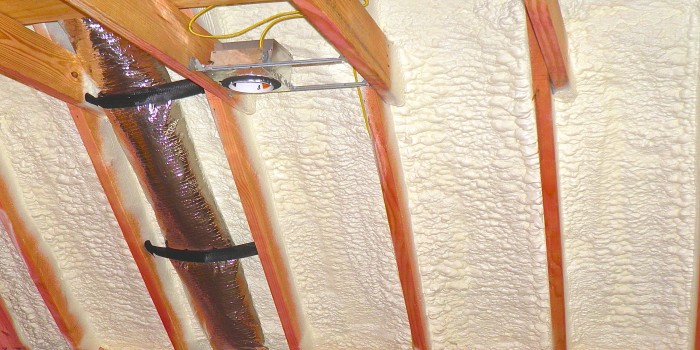
This method is especially useful if you’re trying to improve energy efficiency in a cold basement or reduce noise in a living space. By pairing open cell in the ceiling with closed cell spray foam in the rim joists, you can effectively increase energy savings while creating a comfortable environment. For homeowners investing in long-term solutions, this approach provides a good balance between cost and performance.
High-Performance Insulation with Closed Cell Spray Foam in the Rim Joists
Closed cell spray foam, paired with spray foam in the rim joists, is a high-performance solution for insulating your basement ceiling. While it’s more expensive than other choices, it’s worth splurging on for spaces with excessive moisture or where an effective vapor barrier is needed. This insulation is ideal for unfinished basements where temperature and moisture control are necessary. At an installed depth of approximately 2 to 4 inches, it creates a strong barrier that prevents heat loss and moisture transfer, making your home more comfortable and energy-efficient.
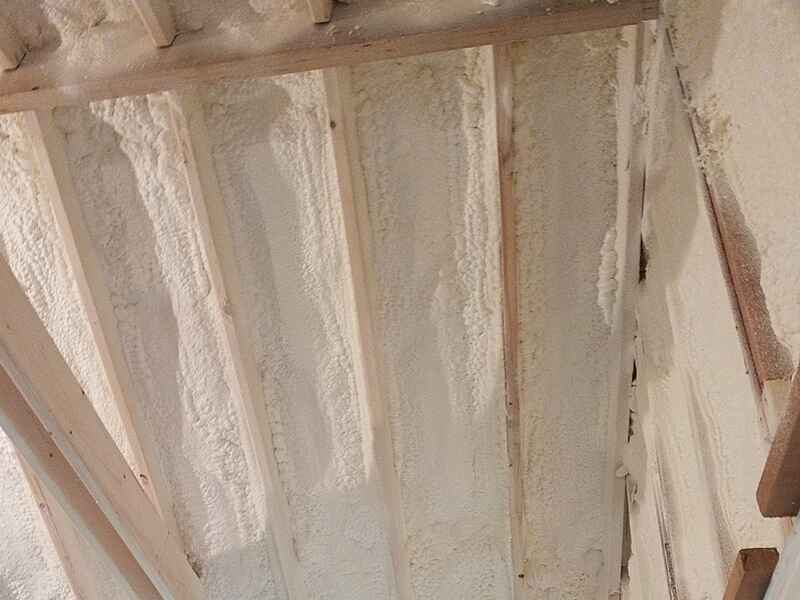
The average cost of closed cell spray foam ranges between $3.45 and $5.25 per square foot, with rim joist spray foam adding $1,300 to $3,000 depending on the size of your space. Despite the upfront cost, the long-term ROI period justifies the investment, as it helps reduce energy costs and protects against air and water infiltration. For homeowners looking to maximize efficiency and durability, this insulation method is a worthwhile choice.
Transforming Basement Spaces with Soundproofing Materials in the Rim Joists
Adding soundproofing materials with spray foam in the rim joists is a smart way to enhance the sound-dampening properties of finished basements. Whether your space has been transformed into a guest suite or an entertainment center, this approach helps maximize privacy and keep the area quiet. Pairing open cell spray foam with other insulation products ensures better noise control and thermal benefits, making it a worthwhile investment.
If you plan to finish your basement and want to eliminate noise transfer completely, proper soundproofing is essential. The product you choose should be based on important factors like the design of your home, the area’s purpose, and your specific needs. By using appropriate soundproofing materials, you can significantly increase the quality of life, keeping noise separate from the rest of your living space while ensuring a comfortable environment.
Final Thoughts About Insulating Basement Spaces
For finished basements, ceiling insulation may only be needed for sound attenuation purposes, especially when paired with open cell spray foam or batt insulation to dampen noise. If you’re investing in insulation for temperature control, focusing on rim joists with closed cell spray foam can create an airtight seal that prevents cold air infiltration. For finished basements, ceiling insulation may primarily serve as soundproofing, with open cell spray foam or batt insulation effectively dampening noise.
Unsure whether your basement ceiling needs insulation? Contact us today, and we’ll connect you with experienced professionals who can help you choose the best insulation solution for your space and budget. Improve your home’s comfort and efficiency with expert advice and reliable services!
FAQ
Do You Need to Insulate Basement Ceilings?
Adding insulation to your basement ceiling can make your home more energy-efficient, help reduce noise levels, and keep spaces more comfortable. To maximize benefits, ensure regular maintenance of your heating and cooling systems.
Will Insulating the Basement Ceiling Help with Cold Floors?
Insulating the basement ceiling will not improve eliminating the cold floors, but it can serve to make the floor warmer to walk on and reduce noise from nearby shop activities.
Should I Put a Vapor Barrier on My Basement Ceiling?
A vapor barrier should not be installed on the interior of a basement wall, as the moisture comes from the concrete and wet ground, not the air inside. Refer to the Ecohome Building Guide for tips on basement construction and renovations to keep walls dry and prevent them from becoming moldy.
Should There Be Insulation in My Ceiling?
Insulation is essential for ceilings above unheated spaces like basements, garages, or porches, and for floors over vented crawl spaces. It should also be installed in cathedral ceilings, bathrooms, and interior walls to maintain comfort and efficiency in your home.
